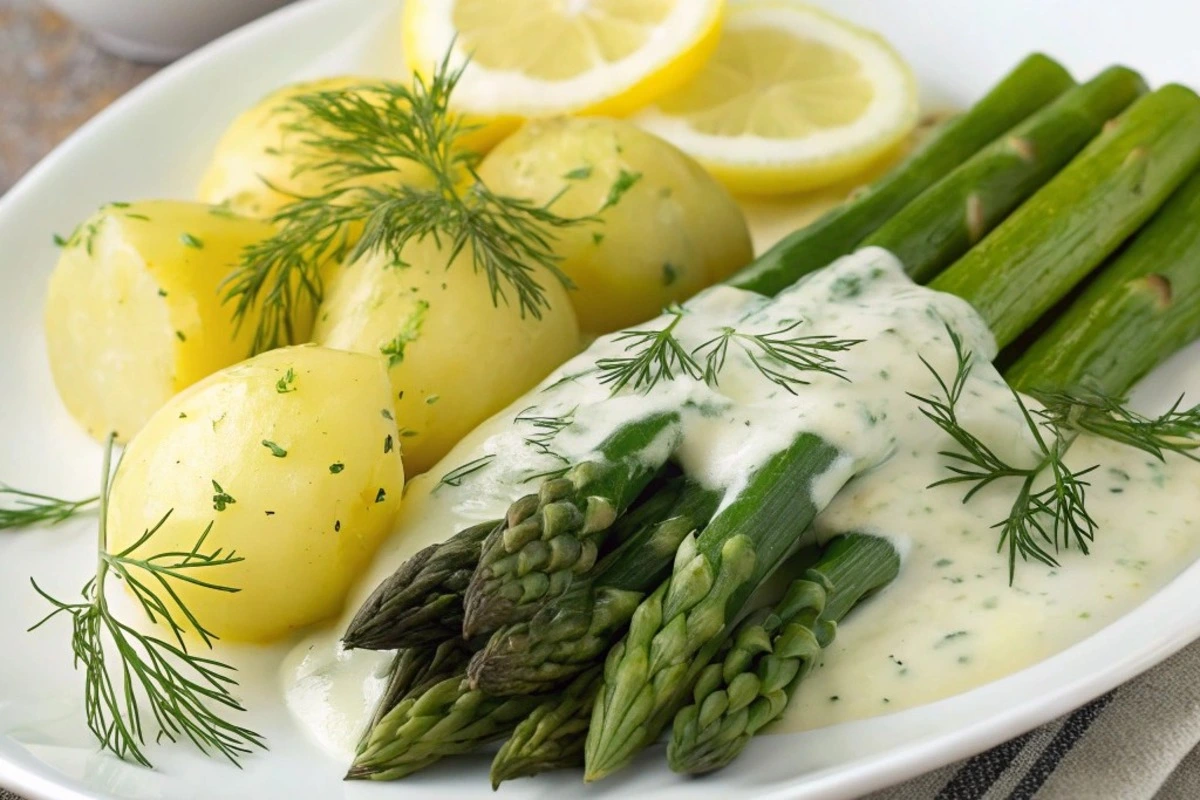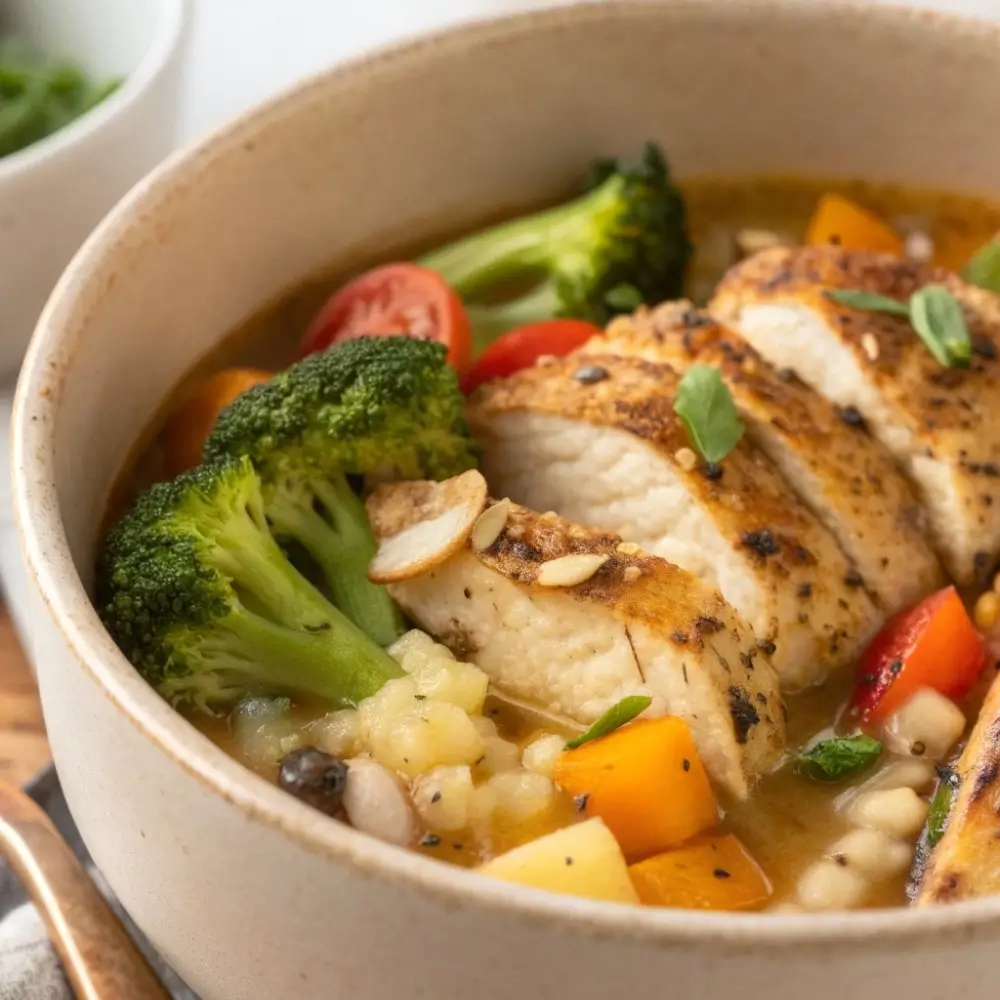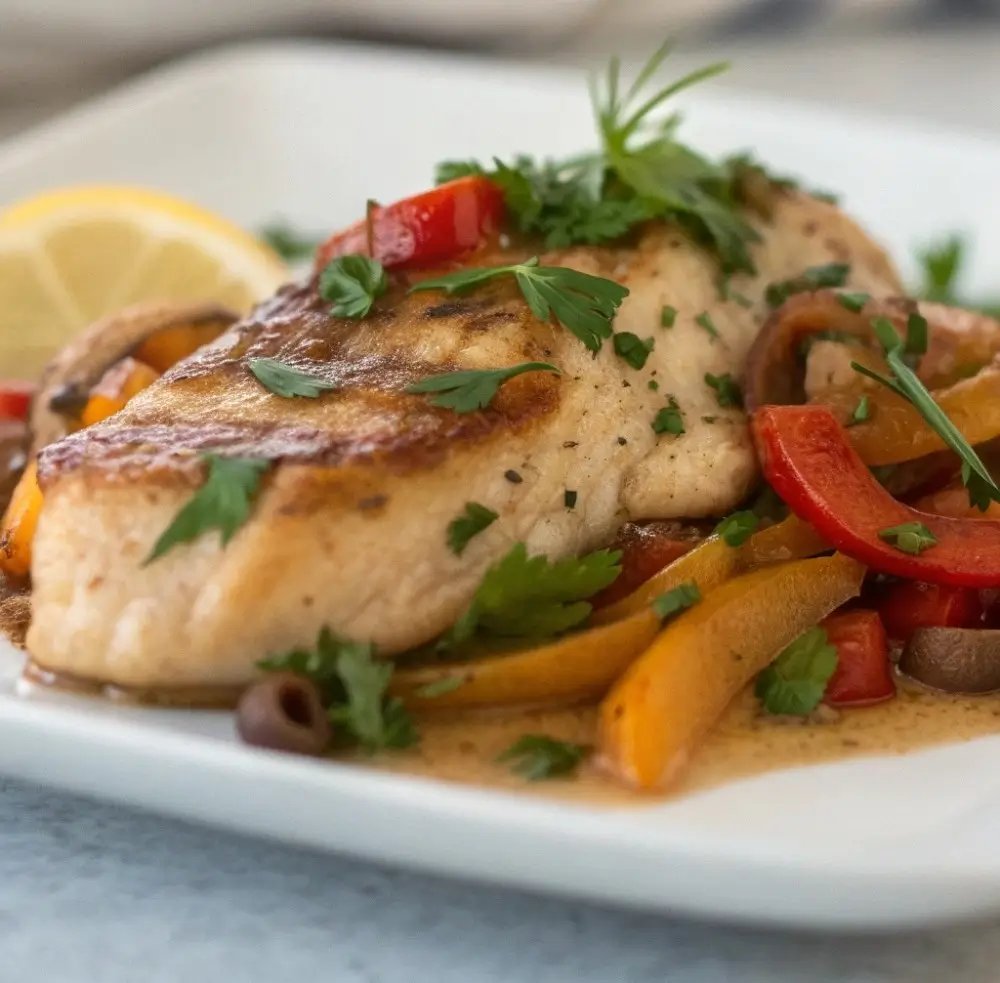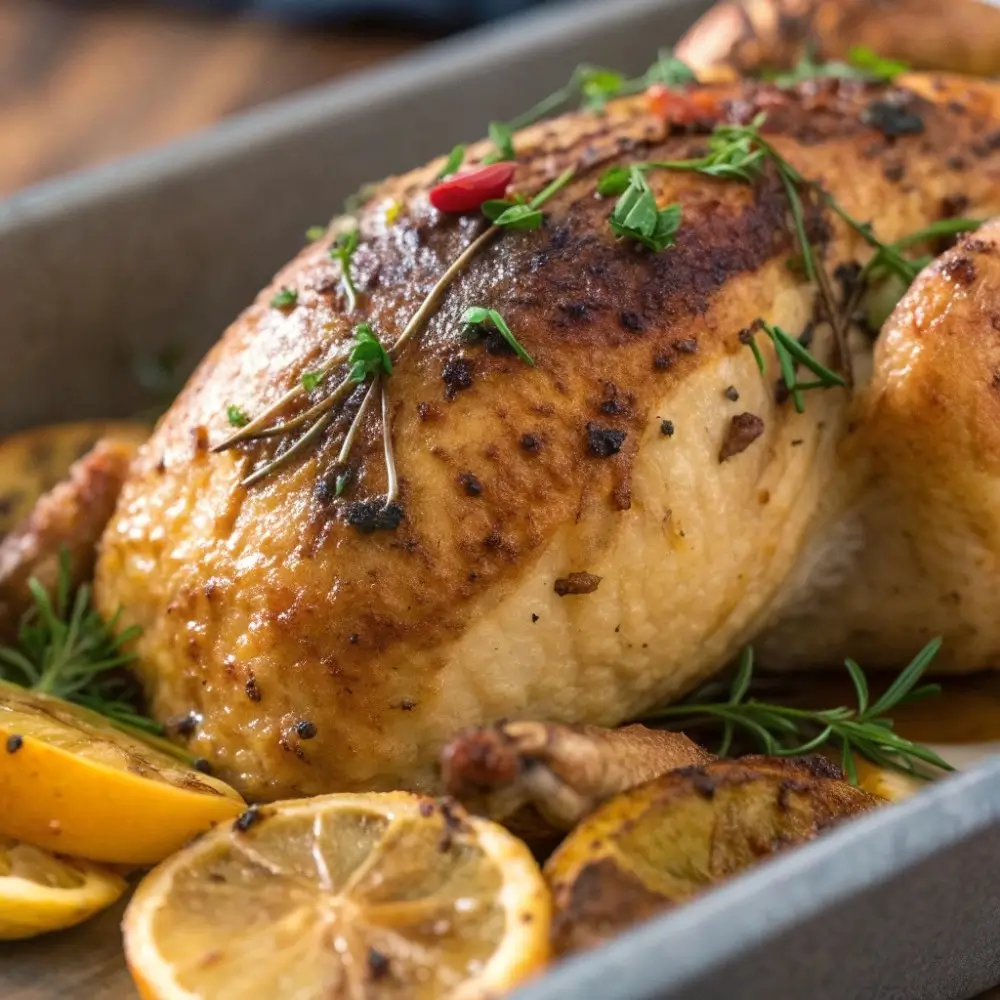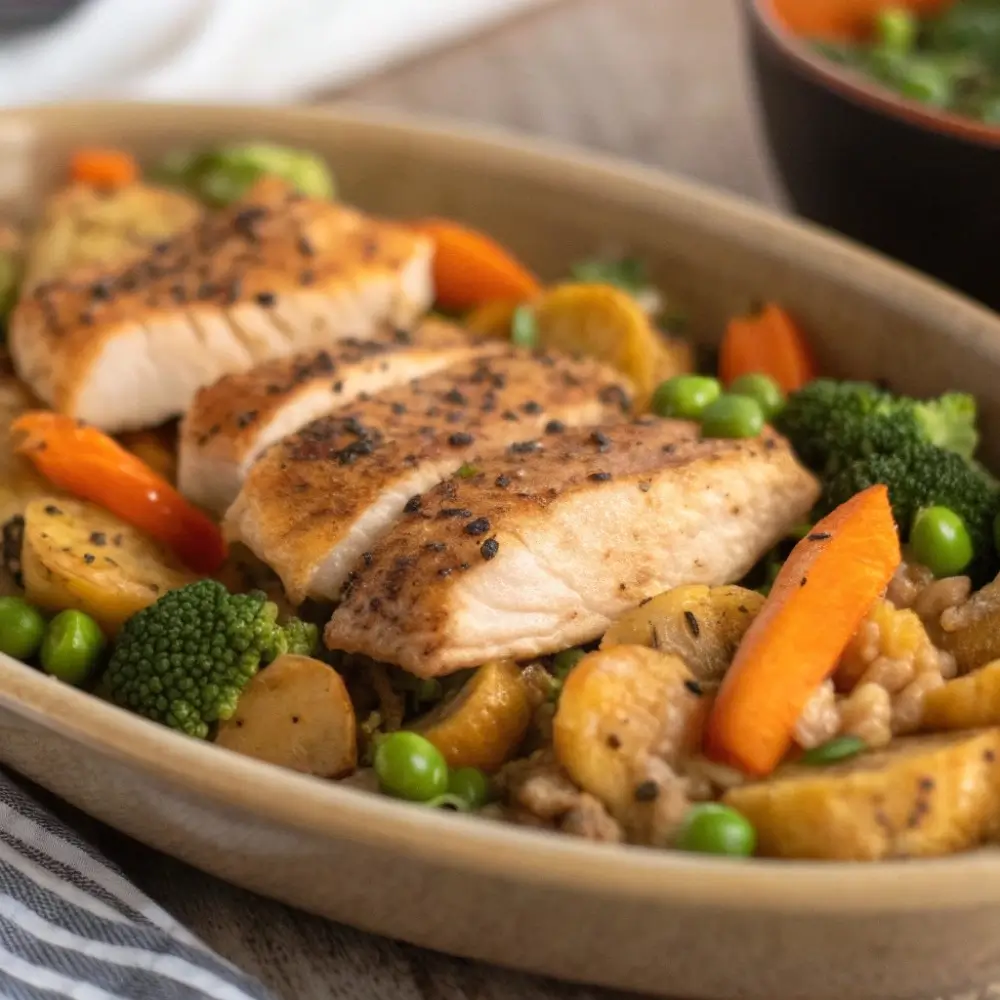Table of Contents
- 1 Introduction to Asparagus in German Cuisine
- 2 The Importance of Asparagus in German Cooking
- 3 Popular German Asparagus Recipes
- 4 Traditional German Asparagus Recipes
- 5 Variations on Traditional German Asparagus Dishes
- 6 How to Prepare and Cook Asparagus the German Way
- 7 Asparagus in Regional German Cuisine
- 8 Asparagus in German Desserts and Sweet Dishes
- 9 Asparagus in German Cooking Traditions and Festivals
- 10 Health Benefits of Asparagus in German Recipes
- 11 How to Buy and Store Asparagus
Introduction to Asparagus in German Cuisine
Asparagus is a beloved ingredient in German cuisine, especially during the spring season, known as Spargelzeit or asparagus season. This time of year, Germans celebrate asparagus with a variety of dishes, making it a key focus in their culinary traditions. From simple preparations like asparagus with butter to more elaborate recipes such as Spargel mit Hollandaise, asparagus truly shines in German kitchens.
In this article, we will delve into the rich history of asparagus in Germany, explore traditional Asparagus German recipes, and provide tips on how to recreate these delightful dishes at home. Whether you’re interested in classic Spargel recipes or want to try regional variations, there’s something for everyone. So, grab your asparagus and let’s embark on a journey through fantastic German recipes!
The Importance of Asparagus in German Cooking
Asparagus isn’t just a vegetable in Germany—it’s an entire cultural event! From April through June, the entire country celebrates asparagus season, with countless dishes that showcase its delicate flavor and versatility. In fact, Spargelzeit is a time of year eagerly anticipated by food lovers and is seen as an almost sacred period of indulgence.
The white asparagus variety is especially cherished in Germany, where it’s often referred to as the “king of vegetables.” Unlike green asparagus, which is more common in other countries, white asparagus is grown underground to prevent photosynthesis, giving it its unique flavor and tender texture. The Germans treat white asparagus as a delicacy, pairing it with everything from butter and hollandaise to potatoes and schnitzel.
What Makes German Asparagus Recipes Special?
So, what makes German asparagus recipes stand out from others? Well, the secret lies in simplicity and freshness. In Germany, asparagus is often prepared with minimal seasoning to allow its natural flavor to shine through. The German approach emphasizes quality ingredients, and nothing compares to the taste of freshly harvested asparagus cooked to perfection. Moreover, many of these dishes have been passed down through generations, with each family adding its own little twist.
Whether you’re new to asparagus or a seasoned fan, you’ll find that the German way of preparing this vegetable truly highlights its best qualities. In the next part, we’ll take a deeper dive into the most popular and classic Asparagus German recipes you can make at home.
Popular German Asparagus Recipes
Asparagus plays an essential role in many traditional German dishes, especially during the peak of the asparagus season. From simple preparations to more complex meals, there’s no shortage of ways to enjoy this beloved vegetable. Let’s explore some of the most popular Asparagus German recipes that you can easily try at home.
Traditional German Asparagus Recipes
Germany is known for its rich culinary traditions, and asparagus is no exception. Whether you’re making a classic dish like Spargel mit Hollandaise or a comforting Spargelsuppe (asparagus soup), there’s something incredibly satisfying about these time-honored recipes. Let’s dive into the details.
Spargel mit Hollandaise (Asparagus with Hollandaise Sauce)
One of the most iconic German asparagus dishes is Spargel mit Hollandaise. This dish combines tender white asparagus with a rich, buttery hollandaise sauce, creating a perfect harmony of flavors. The sauce, made with butter, egg yolks, and lemon juice, is a key component of the dish and adds an extra layer of indulgence.
Ingredients:
- Fresh white asparagus
- Butter
- Egg yolks
- Lemon juice
- Salt and pepper
Preparation:
- Peel the asparagus and trim the ends.
- Boil the asparagus in salted water until tender, usually around 10-15 minutes.
- Meanwhile, whisk together egg yolks, lemon juice, and butter to make the hollandaise sauce.
- Pour the sauce over the asparagus and season with salt and pepper. Serve with boiled potatoes or a light salad.
This dish is a celebration of spring and an essential part of the German asparagus season.
Spargelsuppe (Asparagus Soup)
A creamy Spargelsuppe is another popular way to enjoy asparagus in Germany. This velvety soup is made from pureed asparagus, giving it a light, fresh flavor with just the right amount of creaminess.
Ingredients:
- White asparagus
- Vegetable or chicken stock
- Cream
- Onion, garlic
- Salt and pepper
Preparation:
- Cook the onions and garlic until softened.
- Add the asparagus and stock, simmering for 20-30 minutes.
- Blend the soup until smooth, then stir in cream and season with salt and pepper.
A bowl of Spargelsuppe is a warming, comforting dish that highlights the subtle flavors of asparagus, perfect for a starter or a light meal.
Spargel mit Schinken (Asparagus with Beef)
This dish combines the delicate taste of asparagus with savory, thinly sliced beef. The result is a balanced meal that’s both light and satisfying, often served as a main dish during the asparagus season.
Ingredients:
- Fresh asparagus
- Beef
- Butter
- Salt and pepper
Preparation:
- Cook the asparagus as usual, either by boiling or steaming.
- Wrap the cooked asparagus in slices of beef.
- Melt butter in a pan and lightly sauté the beef-wrapped asparagus, allowing the flavors to meld together.
- Season with salt and pepper and serve warm.
This dish can be paired with boiled potatoes or a side salad for a complete meal.
Variations on Traditional German Asparagus Dishes
While traditional asparagus dishes are wonderful, sometimes it’s fun to put a new spin on these classic recipes. Let’s take a look at some creative variations on Asparagus German recipes that will still remind you of home while offering something a little different.
Creative Takes on Classic German Asparagus Recipes
Vegan Spargel Recipes
For those who prefer a plant-based diet, there are plenty of ways to enjoy German asparagus dishes without using animal products. A vegan version of Spargel mit Hollandaise, for example, can be made using plant-based butter and cashew cream to mimic the richness of the classic sauce.
Vegan Spargel mit Hollandaise:
- Use cashews blended with lemon juice and a bit of nutritional yeast to create a creamy, dairy-free sauce.
- Pair with roasted or steamed asparagus for a flavorful vegan dish that still feels indulgent.
Asparagus in German Pasta Dishes
Asparagus also pairs wonderfully with Germany’s famous egg noodles, Spätzle. A dish like Asparagus and Spätzle brings together tender asparagus and comforting noodles in a creamy sauce.
Asparagus and Spätzle:
- Prepare Spätzle according to the traditional method or use store-bought versions.
- Toss with sautéed asparagus, butter, and a touch of cream for a deliciously creamy dish.
Asparagus in German Salad Recipes
For a lighter, refreshing option, try incorporating asparagus into a salad. A Potato-Asparagus Salad with a tangy mustard dressing is a popular choice in Germany, while an Asparagus and Beet Salad adds earthy sweetness to balance the delicate asparagus.
Asparagus and Potato Salad:
- Boil new potatoes and asparagus, then toss with a mustard vinaigrette and fresh herbs like dill or parsley for a fresh, flavorful side dish.
How to Prepare and Cook Asparagus the German Way
While it may seem simple to cook asparagus, the German way of preparing this vegetable is all about getting the right texture and taste. Here’s everything you need to know to cook asparagus like the pros.
Preparing Fresh Asparagus for Cooking
Asparagus is delicate and requires careful preparation to ensure that you get the best texture and flavor. The white asparagus variety, in particular, needs to be peeled to remove the tough outer skin.
How to Trim and Peel Asparagus
- White Asparagus: Use a vegetable peeler to carefully peel the outer skin from the base of the stalk up to the tips. Trim off the tough, woody ends.
- Green Asparagus: While green asparagus doesn’t need to be peeled, it should be snapped at the base where it naturally breaks, removing the tough part.
Cooking Methods for Asparagus
In Germany, asparagus is often cooked using one of the following methods:
- Boiling: Bring a large pot of salted water to a boil, then cook the asparagus for 10-15 minutes, depending on thickness.
- Steaming: Steaming preserves the vegetable’s natural flavors and is a great option for a lighter dish.
- Grilling: For a smoky, charred flavor, grill asparagus over medium heat until tender.
Seasoning and Pairing Asparagus with Other Ingredients
In Germany, simplicity is key when it comes to seasoning asparagus. A little salt, butter, and fresh herbs like parsley or dill are often all you need to elevate the dish. However, you can also pair asparagus with ingredients like boiled potatoes, eggs, or creamy sauces like hollandaise.
Asparagus in Regional German Cuisine
Germany is a country with rich regional diversity, and this is reflected in the different ways asparagus is prepared and enjoyed across the country. Let’s take a look at how asparagus is used in various parts of Germany.
Exploring Asparagus Dishes by Region in Germany
Asparagus in Southern Germany
Southern Germany, particularly the Swabian region, is renowned for its asparagus dishes. In fact, Swabian Spargel is often served with Spätzle (German egg noodles) and a rich, creamy sauce. The combination of the two elements makes for a satisfying, indulgent meal.
Asparagus in Northern Germany
In Northern Germany, asparagus dishes are often lighter, with grilled asparagus served alongside fresh fish or seafood. The fresh, coastal ingredients complement the delicate flavor of the asparagus, creating a perfect balance of taste and texture.
Asparagus in the Rhineland
In the Rhineland region, asparagus is often paired with traditional meats like chicken or veal. The simple but flavorful dishes feature asparagus as the star ingredient, served alongside rich sauces or light sides.
Asparagus in German Desserts and Sweet Dishes
While asparagus is typically known for its savory dishes, the versatility of this vegetable extends into the realm of desserts. Yes, you read that right! Asparagus can be incorporated into sweet dishes, especially in regions where culinary innovation is celebrated. Let’s explore some unique and lesser-known ways that asparagus can shine in German desserts.
Asparagus in Sweet Dishes – Uncommon, but Delicious
Asparagus with Strawberry Sauce
In some parts of Germany, asparagus is paired with strawberries to create a refreshing and unexpected dessert. The natural sweetness of strawberries complements the mild, slightly earthy flavor of asparagus, creating a balanced treat that’s perfect for spring.
Ingredients:
- Fresh white asparagus
- Strawberries
- Honey or sugar
- Lemon zest
Preparation:
- Cook the asparagus in salted water until tender and let it cool.
- Puree fresh strawberries with honey or sugar and lemon zest to create a vibrant sauce.
- Serve the asparagus with a drizzle of strawberry sauce for a unique spring dessert.
Asparagus Sorbet
For a truly adventurous dessert, try making asparagus sorbet. It’s an inventive way to use asparagus, turning it into a refreshing frozen treat. This recipe takes advantage of asparagus’s subtle sweetness and combines it with fresh citrus to create a unique, light dessert.
Ingredients:
- Fresh asparagus
- Lemon juice
- Sugar
- Water
Preparation:
- Blanch asparagus and blend it with sugar and water to create a puree.
- Mix in lemon juice for a zesty flavor, then freeze the mixture to create sorbet.
- Serve as a palate cleanser or a cool end to a summer meal.
Asparagus and Almond Cake
In some German regions, asparagus is even used in cakes. The delicate flavor of the asparagus can complement the richness of an almond cake, offering a creative twist on traditional German desserts.
Ingredients:
- White asparagus
- Almond flour
- Eggs
- Sugar
- Butter
Preparation:
- Boil the asparagus until soft, then puree it to use in the cake batter.
- Mix the asparagus puree with almond flour, eggs, sugar, and butter to create the cake.
- Bake the cake and serve with whipped cream or a dollop of fresh fruit.
These German asparagus recipes bring a delightful twist to this seasonal vegetable. If you’re looking for more authentic German dishes, check out this collection of traditional German recipes.
Asparagus in German Cooking Traditions and Festivals
In Germany, the arrival of asparagus season, or Spargelzeit, is not just about cooking—it’s a celebration of tradition. The love for asparagus runs deep in German culture, and festivals, regional dishes, and family customs all revolve around this seasonal treat.
Spargelzeit – The Asparagus Season in Germany
Asparagus season is an exciting time in Germany, and it’s taken very seriously. As soon as the first stalks of white asparagus appear in early spring, markets and kitchens across the country are flooded with fresh produce. Spargelzeit typically begins in April and ends in late June, with May being the peak of the season. During these months, you’ll find Spargel on almost every menu in German restaurants and in homes.
Spargel Festivals in Germany
Several regions in Germany host festivals dedicated entirely to asparagus. These festivals are a fun way to immerse yourself in the culture of asparagus-loving locals, where you can sample dishes, learn about asparagus cultivation, and take part in community events.
For example:
- The Schwetzingen Asparagus Festival in southwestern Germany is one of the most famous, where visitors can enjoy local asparagus dishes, street food, and entertainment.
- The Beelitz Spargel Festival celebrates asparagus from the Beelitz region, known for its particularly tender and high-quality produce.
These festivals are a great way to experience the joy of asparagus and explore its importance in German culinary traditions.
Health Benefits of Asparagus in German Recipes
While asparagus is undoubtedly delicious, it’s also a nutritional powerhouse. Incorporating asparagus into your meals is not only a way to enjoy traditional German recipes but also a way to boost your health. Let’s explore some of the health benefits of this versatile vegetable.
Why You Should Include Asparagus in Your Diet
Asparagus is low in calories, high in fiber, and packed with vitamins and minerals, making it an excellent addition to any meal. It’s a great vegetable for anyone looking to improve their diet or maintain a healthy lifestyle.
Nutritional Value of Asparagus
Asparagus is a rich source of:
- Vitamins A, C, and K – essential for skin health, immune function, and bone strength.
- Folate – crucial for cell division and DNA production, especially beneficial for pregnant women.
- Antioxidants – these help protect the body from free radicals and inflammation.
Additionally, asparagus is a natural diuretic, which means it can help the body rid itself of excess salt and water, promoting better kidney health and reducing bloating.
Asparagus and Digestive Health
The high fiber content in asparagus also supports digestive health. It helps maintain a healthy gut by promoting regular bowel movements and supporting the growth of beneficial gut bacteria. This makes asparagus not only a flavorful ingredient but also a gut-friendly addition to any dish.
How to Buy and Store Asparagus
If you’re eager to get cooking, you’ll want to make sure that you’re buying the best asparagus available and storing it properly to keep it fresh for as long as possible. Here’s what you need to know.
Buying Fresh Asparagus
When purchasing asparagus, look for stalks that are firm and smooth, with tightly closed tips. The color should be a bright, vibrant green or white, depending on the variety. Avoid asparagus that looks limp or dried out at the tips, as this can indicate that it’s past its prime.
White vs. Green Asparagus
While both white and green asparagus are popular in Germany, they differ in flavor and texture. White asparagus is more delicate and has a milder taste, making it ideal for classic German recipes like Spargel mit Hollandaise. Green asparagus is more commonly found in other countries and has a stronger, more robust flavor.
Storing Asparagus
Asparagus is best when it’s fresh, so try to buy it just a day or two before you plan to use it. To store asparagus, treat it like flowers! Place the stalks in a jar with water, covering the ends, and keep it in the fridge. Alternatively, you can wrap the bottom of the stalks in a damp paper towel and store them in a plastic bag.
For longer storage, you can freeze asparagus. Blanch it first to preserve the flavor, then freeze it in airtight bags.
